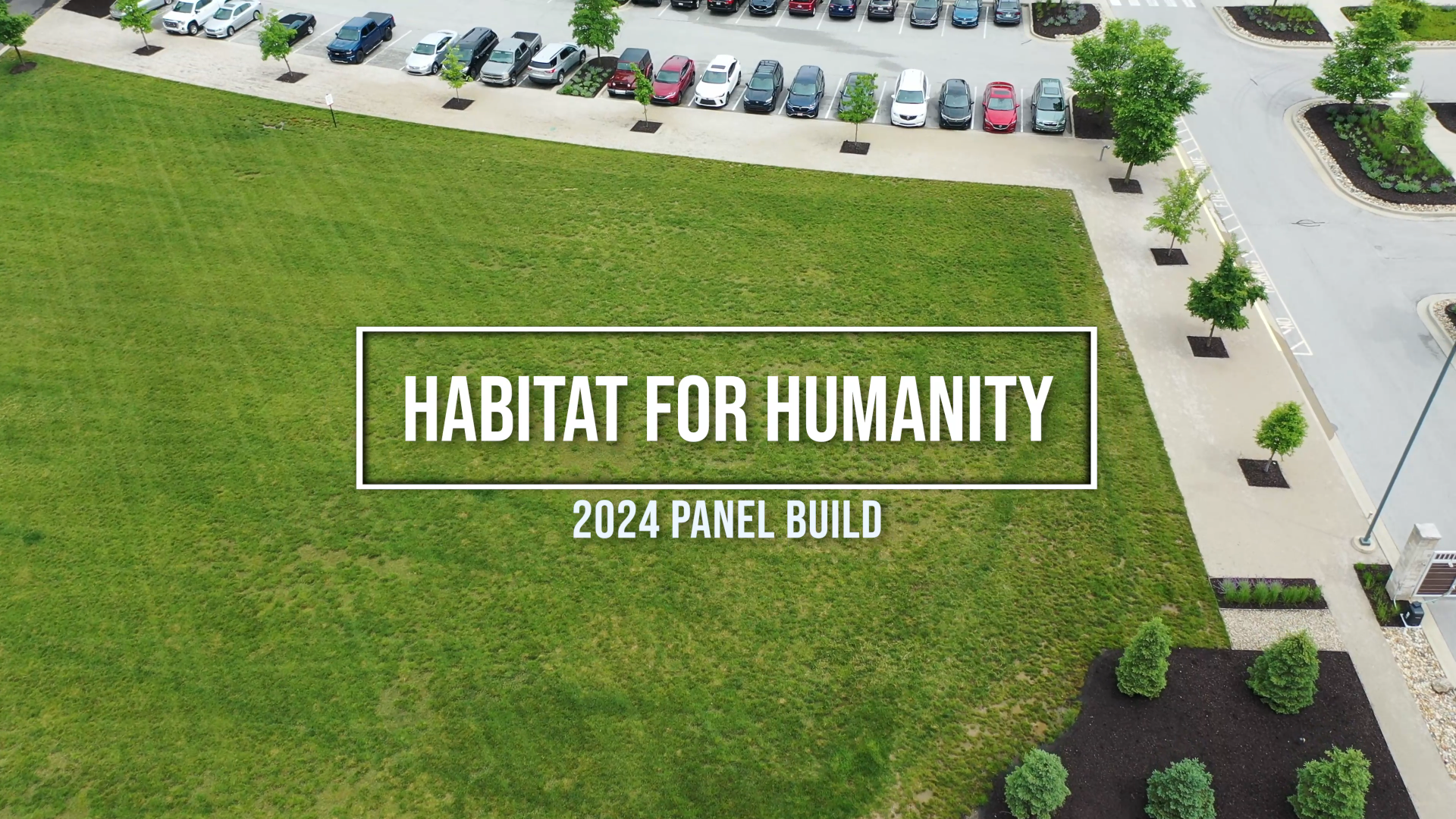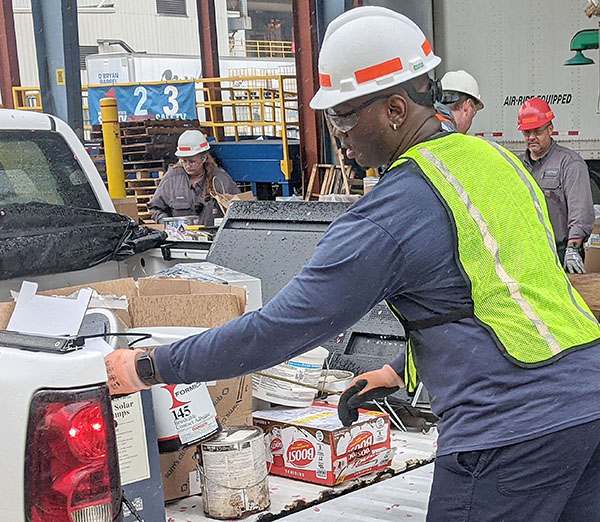
Burns—even minor ones—can be very painful, and can happen anywhere. From working with tools or machinery that generate heat, or simply cooking at home with your family, evaluating the risks in any situation and taking precautions to prevent them are important.
A minor burn may heal within several days, while a more serious burn may take weeks or even months to heal completely. You may notice that the burned area feels tight and hard while it is healing. It is important to continue to move the area as the burn heals to prevent loss of motion or loss of function in the area. When your skin is damaged by a burn, you have a greater risk of infection. Keep the wound clean and change the bandages regularly to prevent infection and help the burn heal. Burns can leave permanent scars. Taking good care of the burn as it heals may help prevent bad scars. If you notice any problems or new symptoms, get medical treatment right away.
Types of Burns
Thermal Burns — Burns due to external heat sources which raise the temperature of the skin and tissues and cause tissue cell death or charring. Hot metals, scalding liquids, steam, and flames, when coming in contact with the skin, can cause thermal burns.
Chemical Burns — Burns due to strong acids, alkalis, corrosives, detergents, or solvents coming into contact with the skin and/or eyes.
Electrical Burns — Current travels through body and meets resistance in tissue, resulting in heat burn injuries. To avoid burns from electrical sources workers should make sure to identify live wires, use lock out/tag out procedures to secure energy sources, avoid contact with water while working with electricity, and wear the personal protective equipment necessary.
Sun Exposure Burns — While these could technically be considered a thermal burn, sun exposure burns are worthy of special consideration. Employees who work under the sun should be well versed in the sun safety practices that will keep them safe, and should take precaution to reduce hours under harsh direct sun, seek shade if possible, and wear sun-protective work clothing, hats and sunscreen to reduce the risk of burns from sun exposure.
What Are the Classifications of Burns?
Burns are classified as first-, second-, or third-degree, depending on how deep and severe they penetrate the skin’s surface.
First-degree (superficial) burns — First-degree burns affect only the epidermis, or outer layer of skin. The burn site is red, painful, dry, and with no blisters. Mild sunburn is an example. Long-term tissue damage is rare and usually consists of an increase or decrease in the skin color.
Second-degree (partial thickness) burns — Second-degree burns involve the epidermis and part of the dermis layer of skin. The burn site appears red, blistered, and may be swollen and painful.
Third-degree (full thickness) burns — Third-degree burns destroy the epidermis and dermis. Third-degree burns may also damage the underlying bones, muscles, and tendons. The burn site appears white or charred. There is no sensation in the area since the nerve endings are destroyed.
Burns affecting 10 percent of a child’s body and those affecting 15 to 20 percent of an adult’s body are considered to be major injuries and require hospitalization and extensive rehabilitation.
Be aware of your surroundings and take precautions to prevent harm. Click on the common burn injuries below to know what to look for and tips to keep yourself and others safe:
- Campus Safety
- Campfire Safety
- Cooking Safety for All
- Cooking Safety for Older Adults
- Contact Burns
- Dry Ice Burns
- Fireworks – Leave the Show to the Pros
- Frostbite/Hypothermia
- Gasoline – Don’t Fuel the Fire
- Home Oxygen Safety
- Non-Fire Cooking Burns
- Pediatric Scalds – A Burning Issue
- Youth Firesetting Prevention
- Vaping Safety
- Sources for Obtaining Burn Data
*Above resources from http://ameriburn.org/prevention/prevention-resources/
More News From Heritage
-
10/14/24
Heritage Environmental Services Announces Timothy Thomas as Chief Operating Officer
Heritage Environmental Services (“HES”), an EQT Infrastructure portfolio company, announced today that Timothy Thomas will join the organization as Ch
-
10/1/24
Heritage Environmental Services Complete Acquisition of EBV from General Dynamics
Heritage Environmental Services, an EQT Infrastructure portfolio company, has completed the acquisition of EBV from General Dynamics.
-
7/31/24
PFAS Regulations: Is 6 the Magic Number?
Learn more about the current and proposed regulation for PFAS and what they mean from our Chief Sustainability and Innovation Officer, Angie Martin.
-
6/27/24
Heritage Environmental Services to Acquire EBV from General Dynamics
Heritage Environmental Servicess, an EQT Infrastructure portfolio company, will acquire EBV from General Dynamics
-
6/13/24
Meet The Facilities – East Liverpool
An inside look at our incineration facility located in East Liverpool, OH
-
5/24/24
Habitat for Humanity 2024
Heritage hosted our 14th annual Habitat for Humanity build this month, partnering with over 50 employees from various THG companies.
-
5/6/24
Date set for the household hazardous waste collection in East Liverpool, Ohio
-
3/12/24
Equal Pay Day – Spotlighting Our Female Drivers








